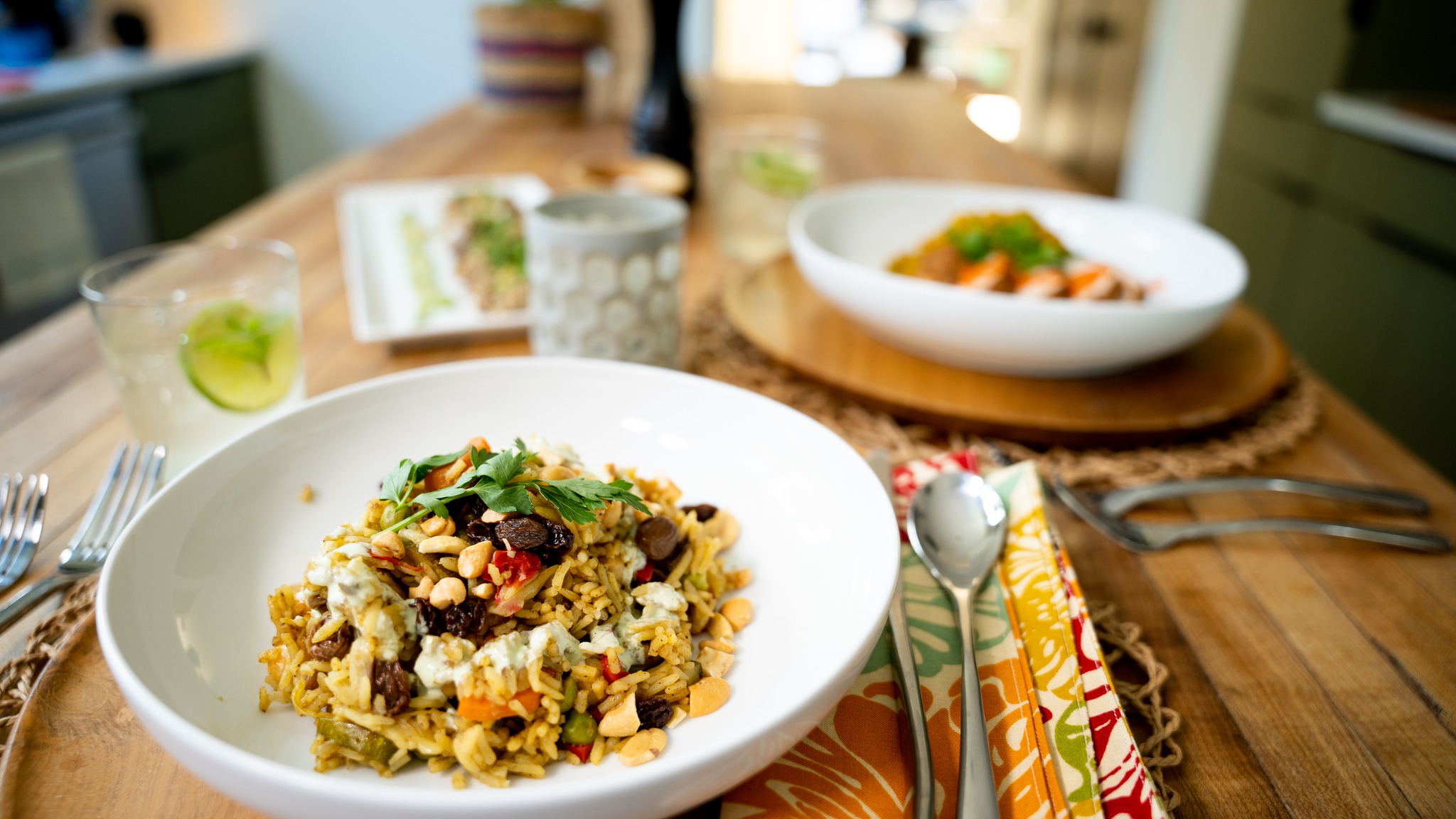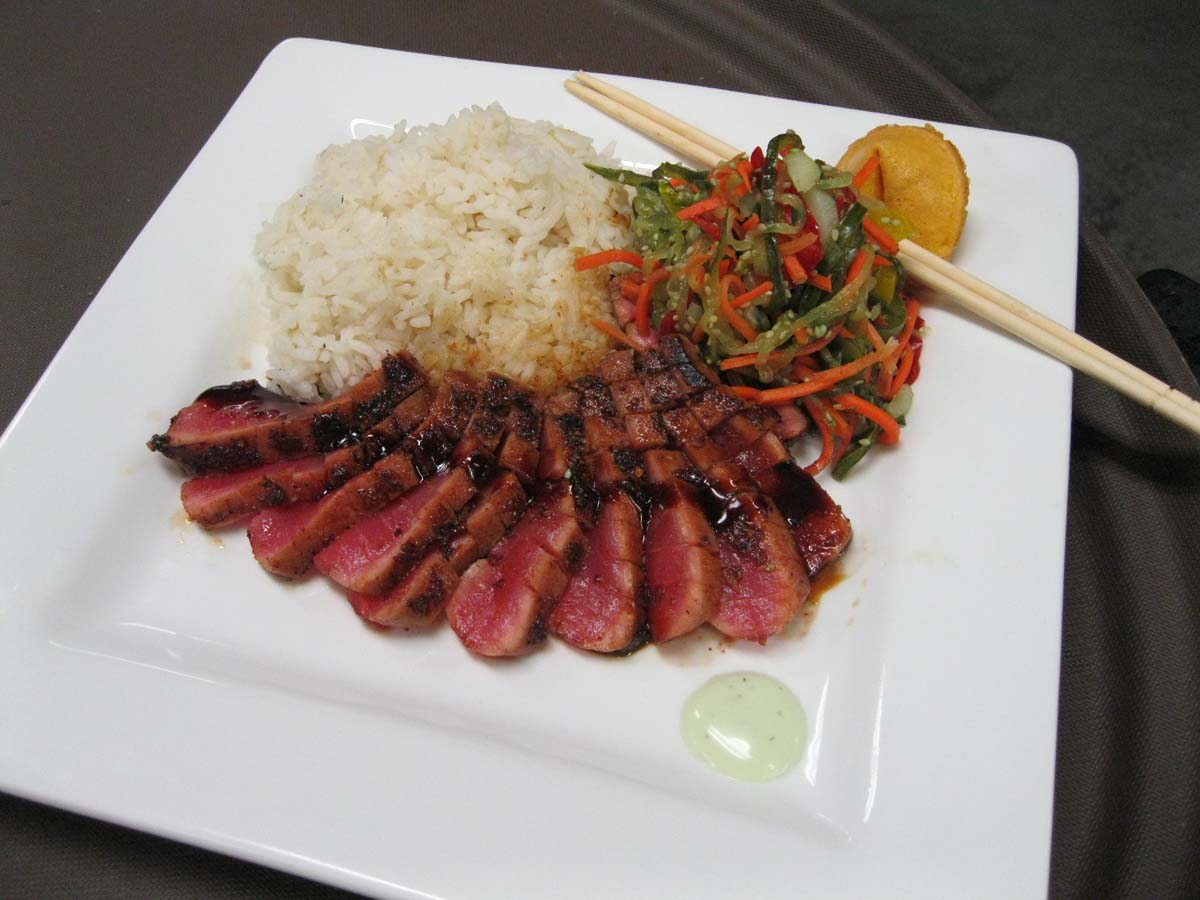Charcuterie, the art of preserving meats (whether through salting, curing or cooking), has, over the past two years, shown a strong resurgence showing up on menus. Not always hitting the mark however. I had the opportunity to pull out those old Garde Manager pate and curing recipes from the days when I was at the Parker House in Boston. I learned my charcuterie craft during my time studying at the Culinary Institute under Master Chef Fritz Sonnenschmidt who wrote the Art of Garde Manger and his recent Charcuterie book published in 2010. It’s an ancient food preparation technique that is more prevalent than you might think. That bologna, salami or pack of hot dogs in your refrigerator? Yep, charcuterie. From ancient times up to the early 1900s, due to lack of dependable refrigeration, charcuterie was an act of necessity. So to hit the mark I created this cheese and charcuterie platter from my old recipes.
Pate Champagne
Pate Suedoise “Liver Pate”
Duck Rillette, Quenelle
Sopressata
Prosciutto
Saint Andre soft cheese
Gruyere Cheese
Taleggio Cheese
Condiments included: Pickled Pearl Onion, Cornichons, Orange Ginger Marmalade, and Red Currant Jam
Over the last couple of years, I’ve noticed a distinct renaissance in the world of charcuterie in the US, thanks to old world traditions crossing the seas, we’re seeing a surge of US artisan cured meats inspired by these old traditions. From piquant, tangy salamis to rich, nutty patés, from peppery, olive-flecked mortadella to tender, paper-thin bresaola – the incredible flavors and textures of charcuterie reveal a lot about where the meats were cured. Wonderful specialty meats, carefully crafted using time-honored, sometimes ancient recipes, are appearing with increasing regularity at butcher shops and on restaurant and bar menus from coast to coast.
The ancient practice of curing meat was originally developed to preserve it. But as the idea of nose to tail cooking has come back into practice, it is a way to use the entire animal. The only limit of what you can make is what you can think of. Charcuterie may arrive at the table as humble slices on a rustic cutting board, but behind this simple presentation is years of working and learning to get it right. So when you find that perfect speck or salami, make sure you pay respect to the people that worked really hard to make it perfect.







